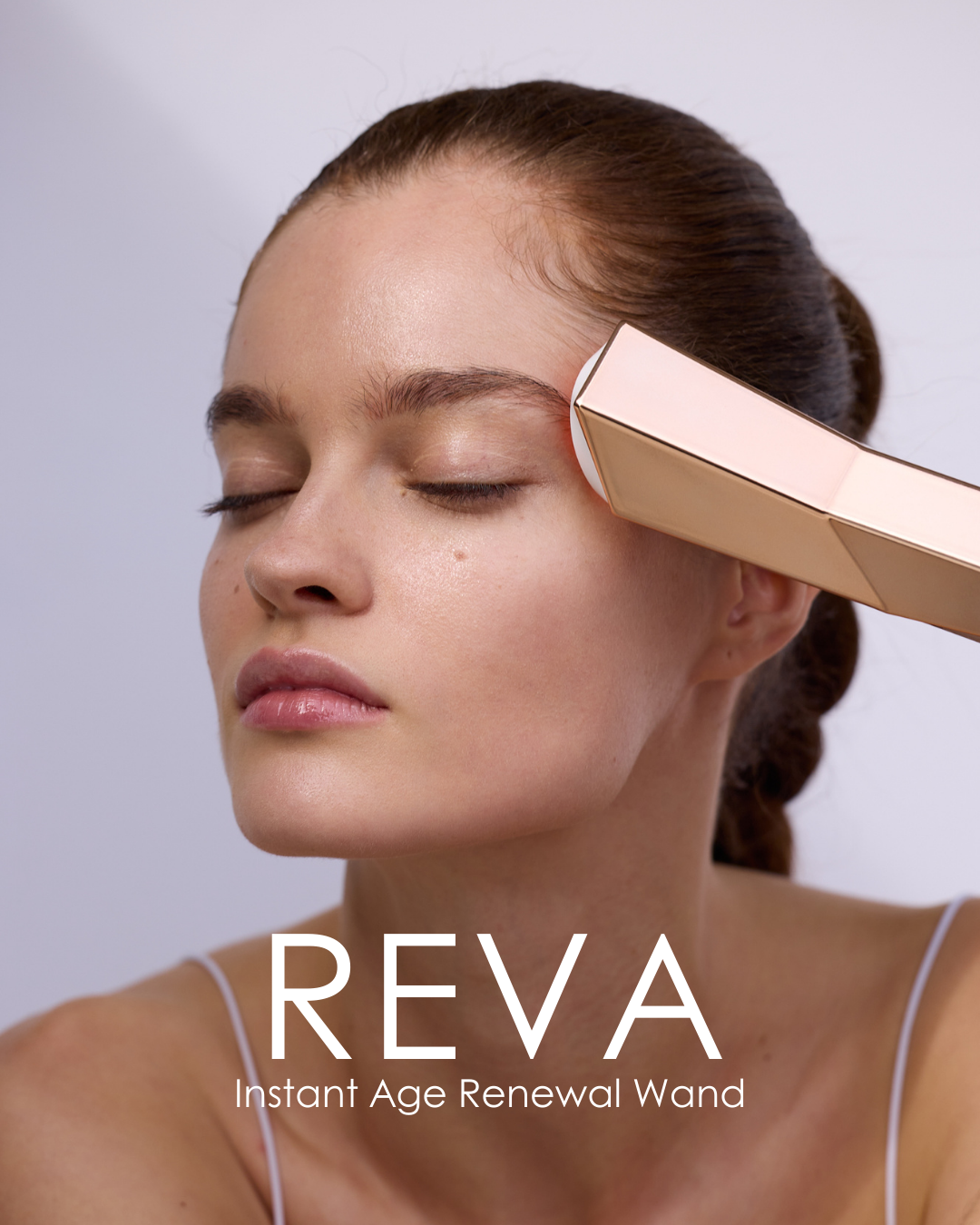
What is the Difference Between Cupping and Vacuum Body Sculpting?
IN THIS ARTICLE:
- 01 What is Cupping?
- 02 What is Vacuum Body Sculpting?
- 03 Does Vacuum Body Sculpting Work?
- 04 What are the Benefits of Vacuum Body Sculpting?
- 05 What are the Similarities Between Cupping and Vacuum Body Sculpting?
- 06 What are the Differences Between Cupping and Vacuum Body Sculpting?
- 07 Which is Better: Vacuum Body Sculpting or Cupping?
- 08 The Takeaway
5-minute read
Both cupping and vacuum body sculpting involve applying suction cups to the treatment area to create pressure, but they differ in their mechanisms, primary objectives, and target areas.
What is Cupping?

Cupping therapy is an ancient healing technique that uses suction cups to pull skin and tissue upwards into the cup to support circulation, relieve pain, and, promote overall body detoxification. It uses suction cups made of glass, silicone, or bamboo and follows different methods such as dry cupping, wet cupping, fixed cupping, or flash cupping.
What is Vacuum Body Sculpting?
Vacuum body sculpting is a non-invasive cosmetic technique that uses a ‘suction and release’ mechanism to disperse adipose tissue and improve skin appearance, reduce inflammation, and support detoxification and muscle recovery. It is not as invasive as cupping therapy and does not leave lasting marks on the skin. This technique is commonly employed to address concerns like cellulite, loose skin, and uneven body contours, particularly in regions such as the thighs, buttocks, abdomen, and arms.
Does Vacuum Body Sculpting Work?
Yes, vacuum therapy is a very effective way to support metabolic function and soften and disperse adipose tissue. Some fat stores become resistant to exercise and require a little help, this can happen at any stage in a weight loss or fitness journey. It has been used in ancient medicine techniques for decades and is a science-backed approach to reducing localized fat deposits and smoothing skin texture. Vacuum therapy can now be delivered from home with new handheld devices, this is very beneficial for those wanted to start vacuum therapy treatments as consistency of treatment is key to success.
What are the Benefits of Vacuum Body Sculpting?

The potential benefits of vacuum body sculpting include:
- Reduced cellulite appearance
- Improved skin texture & elasticity
- Temporary reduction in targeted area circumference
- Enhanced lymphatic drainage
- Increased blood circulation
- Temporary muscle relaxation
What are the Similarities Between Cupping and Vacuum Body Sculpting?
Cupping and vacuum body sculpting share a few key characteristics:
1. Suction mechanism - both therapies employ suction to create a vacuum on the skin, pulling the skin and underlying tissues upward to maintain pressure.
2. Increased blood flow - the suction promotes revitalizing blood flow to the treated areas, delivering a surge of oxygen and nutrients that can aid in healing and tissue recovery.
3. Potential lymphatic stimulation - though the extent varies, both therapies might have an impact on the lymphatic system, a network of vessels that helps remove waste products and excess fluids from the body.
What are the Differences Between Cupping and Vacuum Body Sculpting?
|
Feature |
Cupping |
Vacuum Body Sculpting |
|
Primary Goal |
Therapeutic: pain relief, muscle relaxation, improved circulation |
Aesthetic: body contouring, cellulite reduction, skin tightening |
|
Mechanism |
Static suction using cups |
Dynamic suction and massage using specialized devices |
|
Target Areas |
Back, shoulders, neck, other areas of pain or tension |
Thighs, buttocks, abdomen, arms |
|
Typical Session Duration |
10-20 minutes |
30-60 minutes |
|
Potential Side Effects |
Temporary circular marks, bruising |
Temporary redness, bruising |
|
Practitioner |
Acupuncturist, massage therapist, physical therapist |
Trained aesthetician or technician, at-home use |
Which is Better: Vacuum Body Sculpting or Cupping?
This depends specifically on your skin or health concern. Cupping is a healing technique, it is more invasive and can only be administered by a trained practitioner, if your primary concern is detoxification - cupping is the more appropriate treatment for you.
Vacuum body sculpting focuses on improving the appearance of the skin, reducing cellulite, boosting skin elasticity and supporting lymphatic drainage and detox (but to a lesser degree than cupping).
SERA | Vacuum Body Contour Device
A 3-in-1 body contouring device with vacuum therapy, EMS and red light therapy to sculpt, smooth and tone
The Takeaway
Cupping and vacuum body sculpting share similarities, but their goals and overall mechanisms are distinct. Cupping is an ancient Chinese medicine technique that aims to address a range of health and ‘stagnation’ concerns in the body such as inflammation, muscle soreness, respiratory problems, and digestive problems such as IBS and fibromyalgia. It also boosts relaxation and supports improved immunity.
Vacuum body sculpting, in contrast, is a modern aesthetic treatment with the primary goal of enhancing physical appearance. It has the secondary effect of supporting detox and relieving inflammation in the body. It employs specialized devices that generate dynamic suction and massage, targeting fat deposits and cellulite to sculpt the body and improve skin texture. It's particularly favored for addressing concerns in areas such as the thighs, buttocks, abdomen, and arms.
Although both therapies employ suction, the distinction lies in their fundamental purpose. Cupping focuses on improving overall wellbeing through pain relief, improved circulation, and potential detoxification. Vacuum body sculpting, on the other hand, focuses on external transformation, aiming to refine body contours and enhance skin aesthetics. Therefore, the choice between cupping and vacuum body sculpting hinges on your individual goals and needs.

written by Olivia Khader














Leave a comment
This site is protected by hCaptcha and the hCaptcha Privacy Policy and Terms of Service apply.